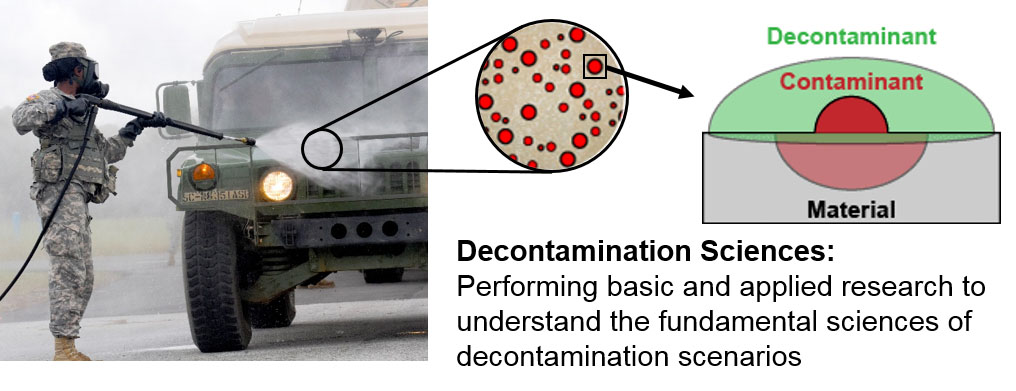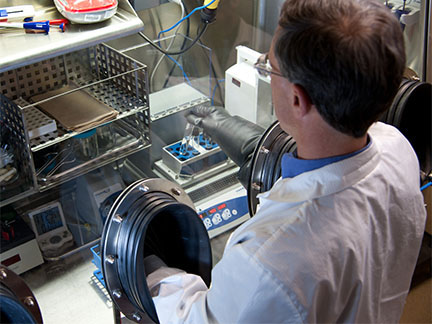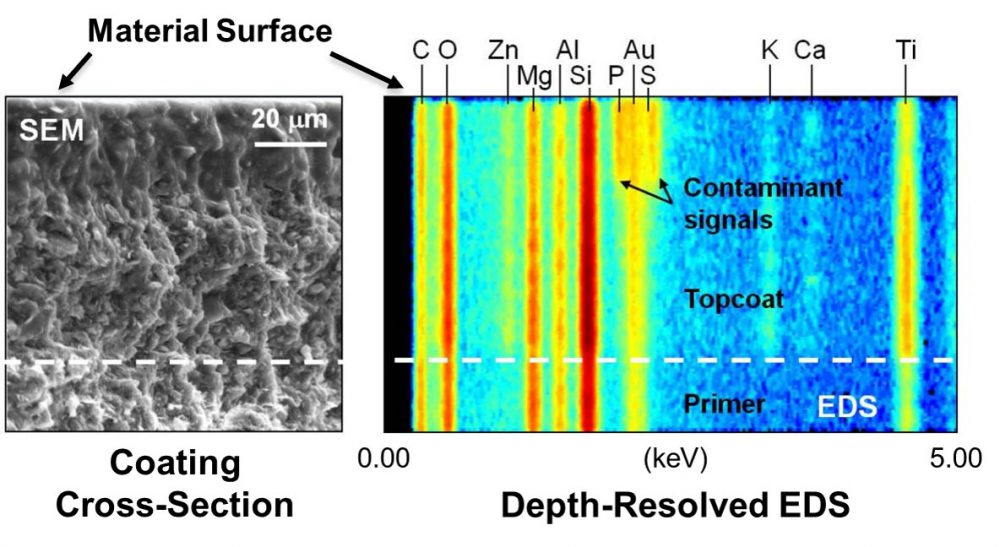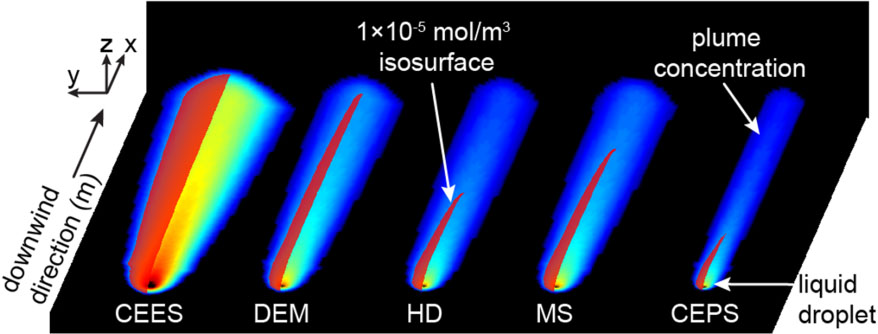Chemical Biological (CB) Decontamination Sciences
The Decontamination Sciences Branch specializes in basic and applied research to support the development and evaluation of decontamination technologies to neutralize, destroy, or otherwise mitigate a chemical hazard.
The basic and applied research performed on the branch focuses on fundamental understanding of transport and reaction processes associated with decontamination across a wide range of time and spatial scales in order to promote hazard elimination and mitigation for the warfighter.


Capabilities
Next generation decontamination development and evaluation laboratory facilities with multiple means of safely working with a broad spectrum of contaminants, decontamination technologies, and materials:
- Analytical equipment for quantitation and identification of chemical agents and reaction products (LC-MS-MS, GC platforms with MS and MS-MS, and FID detectors)
- Wet bench evaluation of contaminant-decontaminant-material interactions
- Liquid phase reaction kinetics including combinatorial reaction network analysis
- Multidisciplinary team comprised of scientists and engineers with backgrounds and training in chemistry, physics, biology, and statistics

Custom designed experimental tools for measurement of transport and reaction phenomena for contaminants and decontaminants interacting in and with materials including:
- Scanning electron microscopy and energy dispersive spectroscopy (SEM-EDS)
- Dynamic contact angle (DCA) analysis including advancing and receding contact angle analysis
- Fourier transform infrared (FTIR) spectroscopy
- Quartz crystal microbalance analysis
- Time resolved vapor and liquid phase extraction of chemical species for flux measurements

Computational expertise, including continuum and molecular dynamics (MD) calculations, for modeling facets of contamination, decontamination, and post decontamination hazards.
